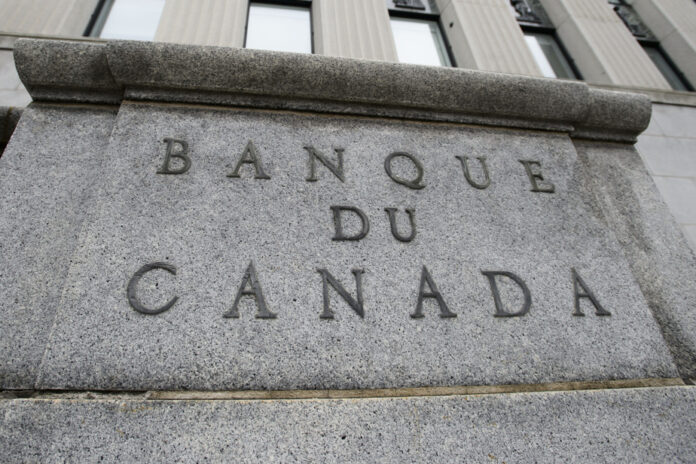The Bank of Canada considered raising its key rate for the eleventh time on October 25, because it fears that inflation is here to stay.
The summary of the discussions of the bank’s executives which led to the maintenance of the key rate at 5% underlines that they remain on alert: prices remain high despite the drop in demand, which could mean that rates interest rates are still too low.
“For some, it was more likely that the rate would need to be raised further to allow inflation to return to target,” reads the document published on Wednesday. For others, the most likely scenario was that a policy rate of 5% would be enough to bring inflation down to 2%, provided it was kept at that level long enough. »
Unlike the Federal Reserve, where the decision on rates is subject to a vote, the Board of Directors of the Bank of Canada proceeds by consensus.
Ultimately, the leaders “broadly agreed” on the fact that the bank had to be patient and maintain the rate at 5%, but also had to say it was ready to increase it.
“Given the slower-than-expected progress towards price stability and increased inflationary risks, members agreed to make clear their readiness to raise the policy rate again if necessary,” participants in the discussions concluded which began a week before the October 25 announcement.
The inflation rate is not falling fast enough for the Bank of Canada’s liking. High interest rates slow the economy and do reduce consumer demand for goods and services, but prices do not fall as they should.
The planned increase in government spending is harming the disinflation process, notes the Bank of Canada. “By causing demand to grow faster than supply, government spending could hinder the return of inflation to target,” its leaders stressed.
The central bank’s other concerns include wages, which are still rising at an annual rate of 4 to 5 percent, and the behavior of companies that raise prices more often than normal, fueling inflation.
Central bank leaders are also concerned about the price of oil, which the conflict between Israel and Hamas could push up.
The risks that inflation will remain high are greater than in July, according to the Bank of Canada, which therefore postponed the return to the 2% target until 2025.
“Our decision also reflects the fact that we are trying to dose our monetary tightening as best as possible: we do not want to slow down the economy more than necessary, but we also do not want Canadians to continue to live with the high inflation or that it takes root. »
Before the House Banking, Trade and Economics Committee last week, Governor Tiff Macklem was clear: we will need to see inflation fall further before ruling out another rate hike.
The next reading of the Consumer Price Index and core inflation measures monitored by the Bank of Canada will be known on November 21.















